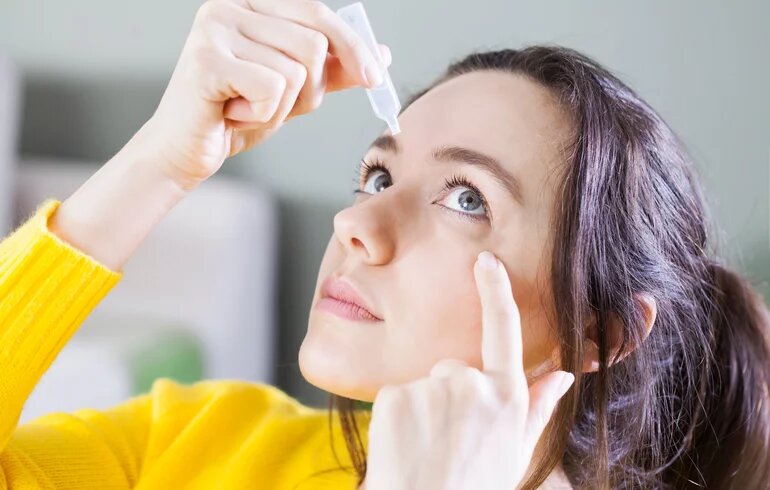When should I contact an ophthalmologist?
- Visual impairment
- Red, inflamed eye
- Regular dry eyes or tearing
- Lesions in any part of the eye
- Regular headaches
- Squinting
- Age-related screening
- Driver aptitude test
What happens during the ophthalmology examination?
An eye examination does not cause pain, however the use of test devices emitting relatively bright light can prove uncomfortable for light-sensitive people.
During the examination the patient's current visual acuity is assessed, regardless of the patient's complaints. The layers of the eye are thoroughly examined by the specialist using a biomicroscope (with a slit lamp). In some cases further examinations may be required, as determined by the specialist, based on the results of the examination. The eye test will conclude with a discussion of the results obtained and, if necessary, what to do next. Should your treatment require the involvement of doctors from other fields of expertise, Dr. Rose Private Hospital will be happy to arrange this for you. Having all you need in one place saves you the bother of having to find other doctors working elsewhere.
Visual field test
A visual field test is an additional eye test that is essential for the early detection and diagnosis of certain eye diseases, such as glaucoma, and certain neurological diseases.
The part of vision we call the visual field, is fixed at one point with the eye and we can examine it at once. Regarding the visual field test, we distinguish between peripheral and central vision.
- Peripheral vision: the peripheral visual field helps to orientate oneself in the environment, through which we perceive colors and movement.
- Central vision: The central visual field allows for sharp vision, hue discrimination, and face recognition.
What kind of eye diseases require a visual field test?
- glaucoma
- diseases of the central nervous system that also affect the visual field
- circulatory disorders of the eye
- inflammatory processes and tumors affecting the choroid and retina
- inflammatory diseases of the optic nerve
- circulatory and toxic diseases of the optic nerve
- hereditary eye diseases
- in case of obtaining/renewing a professional driving license
How is the visual field examined?
The visual field is tested with a perimetry exam using a special device. We examine the scope of vision that the patient sees while holding a straight-ahead gaze at all times, with a motionless head and consistent eye contact.
During the examination, the visual field of each eye is mapped separately using a computer. The test is especially important if the patient also uses reading glasses - in which case one eye should be covered and then the patient's head placed in the chin holder. It is very important that the patient only look at the center indicator light during the study.
In the peripheral vision test, here and there, alternately, dots flash that should be signaled to the patient without them looking to the examining doctor. The machine checks each point several times, then repeats the same process for the other eye.
As a result of the visual field examination, a color image is drawn, which indicates the parts where there is a loss of visual field or a decrease in its sensitivity. The size of the compromised areas can be compared and monitored.
The test has no side effects and is painless.
How should I prepare for the test?
No special preparation is required for an ophthalmic examination. In some cases, pupil dilation may be required (e.g. following ophthalmic screening for those with high blood pressure or diabetes). In this case, the patient should not drive a vehicle for 3 hours after the test.
Contact lens wearers are asked to arrive in glasses for testing and not to wear their lenses for at least 8 hours beforehand. Contact lenses may be worn once the test has been carried out.
Patients who wear glasses are asked to bring both their distance and reading glasses with them to the examination, as applicable.

